
Following a tactical rearmament and resupply in Greece, the USS Dwight D. Eisenhower (CVN-69), a Nimitz-class nuclear-powered aircraft carrier, has once again marked its presence in the Red Sea.

Together with the USS Gravely (DDG-107), an Arleigh Burke-class guided-missile destroyer, the Ike Carrier Strike Group continues its mission to secure maritime routes and counter Houthi aggression, demonstrating the US Navy’s unwavering commitment to regional stability.

Despite Houthis’ possible perception of driving the Eisenhower away weeks ago when it transited the Suez Canal, the supercarrier’s return, alongside the USS Gravely, signifies a robust response.
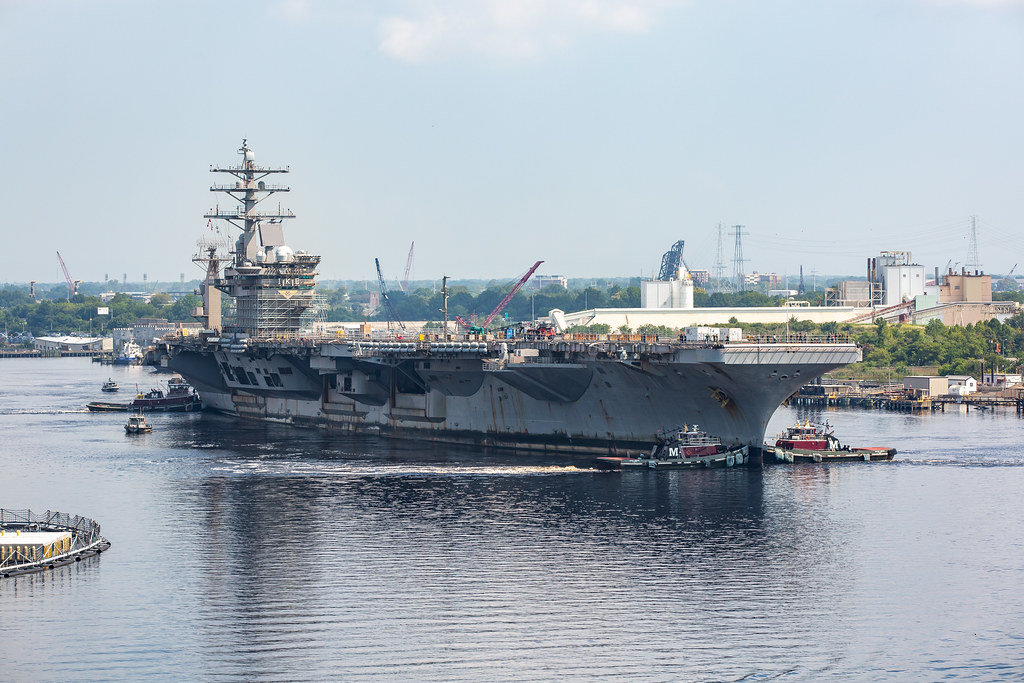
The vessels, engaged in a maritime security mission, showcase America’s dedication to safeguarding international waters against threats that disturb commercial shipping and peace.
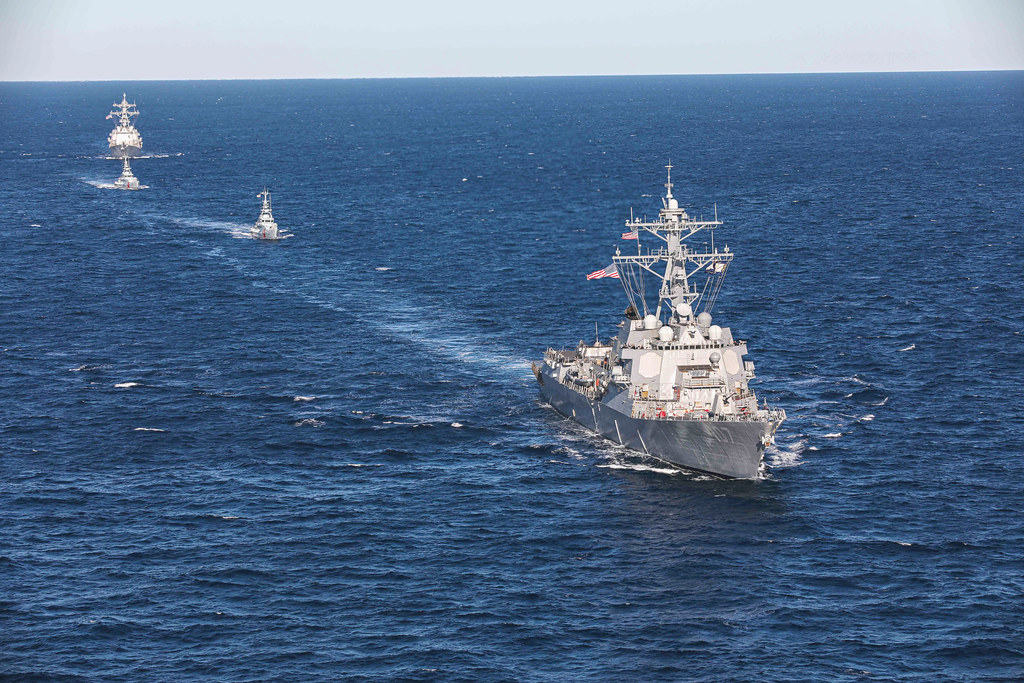
The Ike’s current deployment, which began on October 14, has not been without its challenges. Operating in a high-tempo combat environment, the carrier strike group has been instrumental in thwarting Houthi forces’ attempts to attack shipping lanes in the Red Sea and Gulf of Aden.
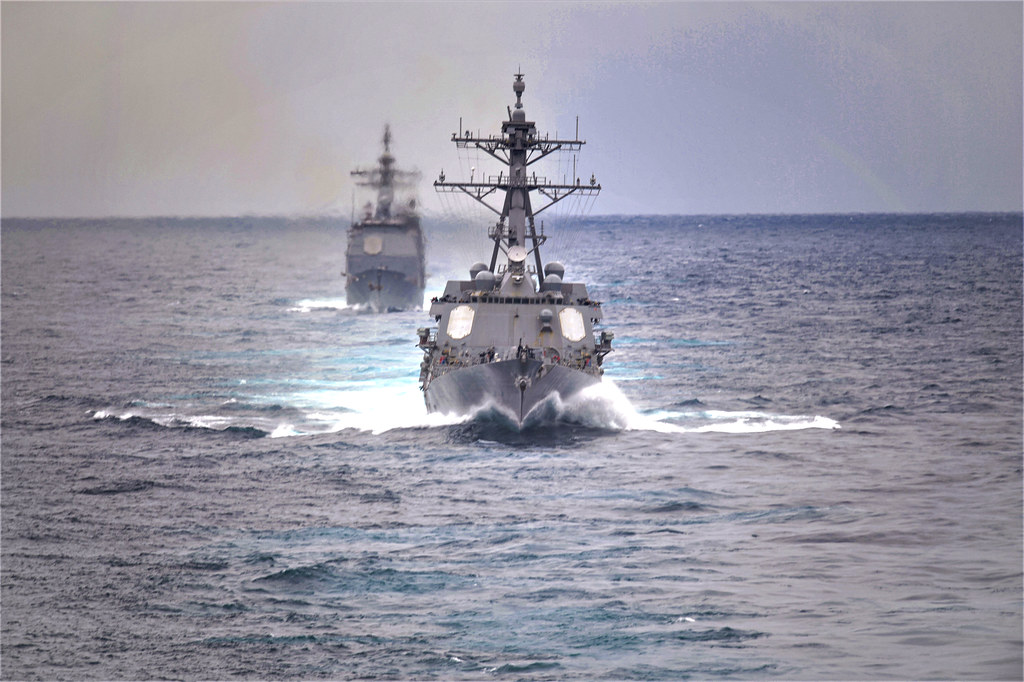
The carrier’s air wing and escort vessels have been actively shooting down drones and missiles launched from Yemen, reflecting the Navy’s proactive approach to defense.
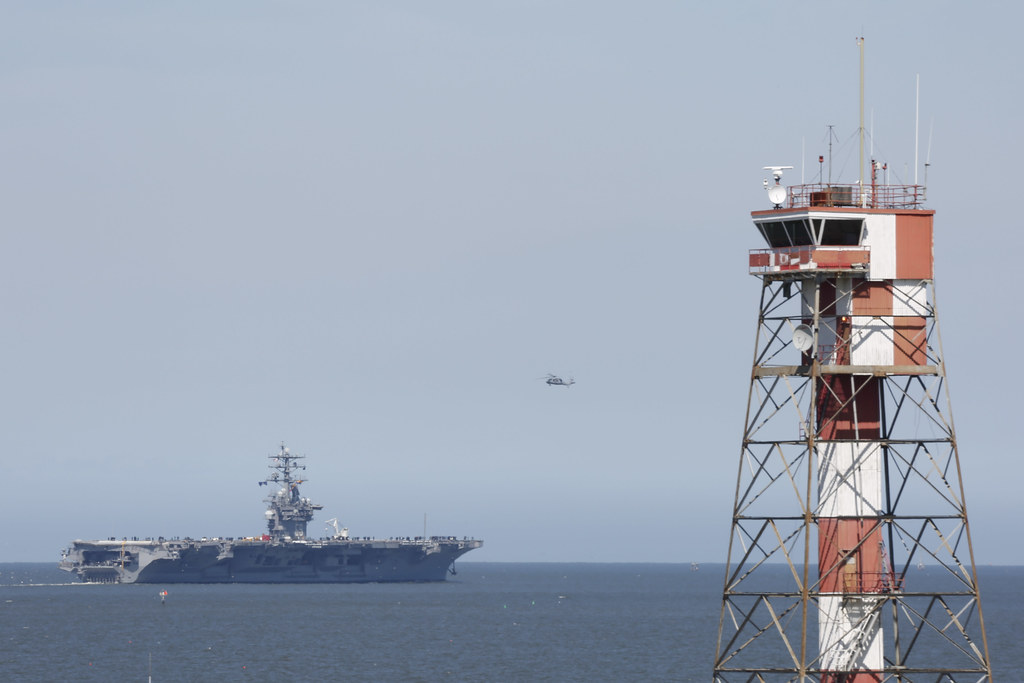
The Eisenhower’s deployment length remains unclear, though historical data shows that recent East Coast carrier deployments have averaged 267 days. This information aligns with the USNI News report stating that carriers such as USS Harry S. Truman and USS George H.W. Bush have been deployed for substantial periods, with the Truman reaching 285 days at sea.
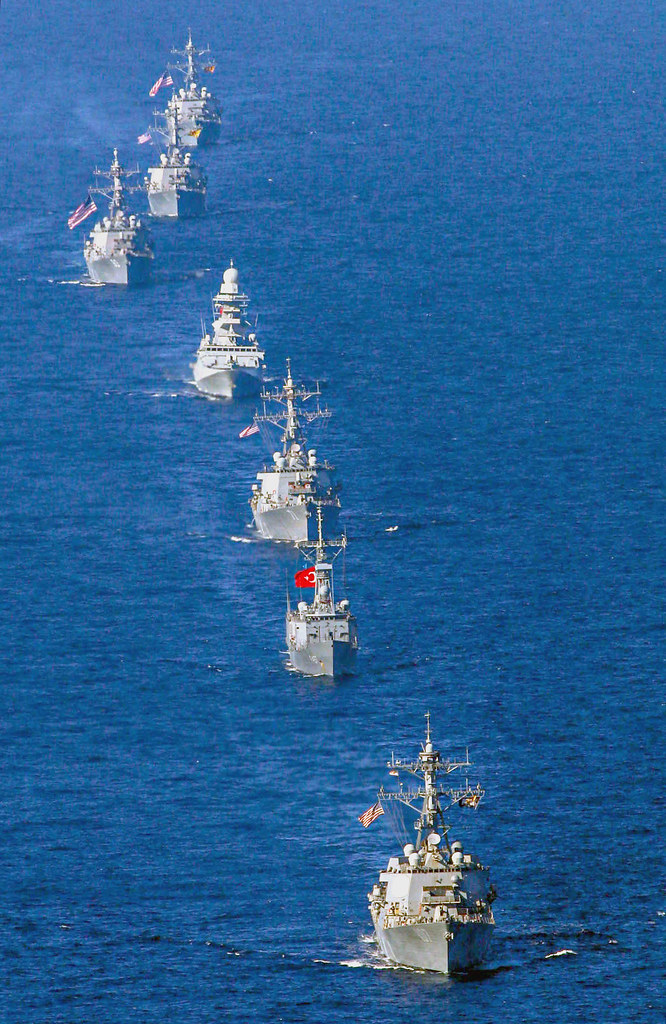
Souda Bay, Crete, provided the Ike’s crew with a much-needed break from their duties. According to a Navy spokesperson, “This port visit is well-deserved,” highlighting the sailors’ tireless work in a challenging combat environment.
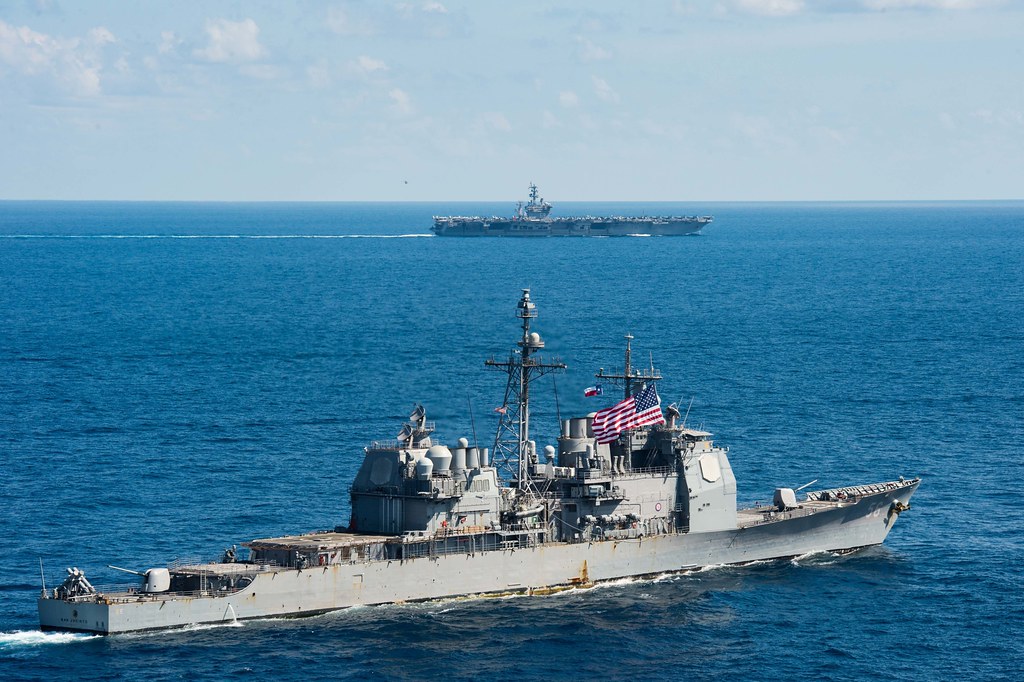
The break allowed the crew to experience local culture and enjoy services at the Navy Exchange and Morale, Welfare, and Recreation (MWR) facilities. This brief respite underscores the Navy’s recognition of the sacrifices made by its personnel during extended deployments.
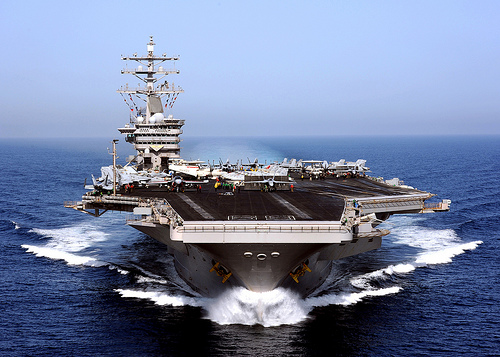
Secretary of the Navy Carlos Del Toro revealed that the Navy has spent nearly $1 billion in missiles to counter the Houthi threat, a significant investment illustrating the conflict’s scale and the commitment to maintaining maritime security.
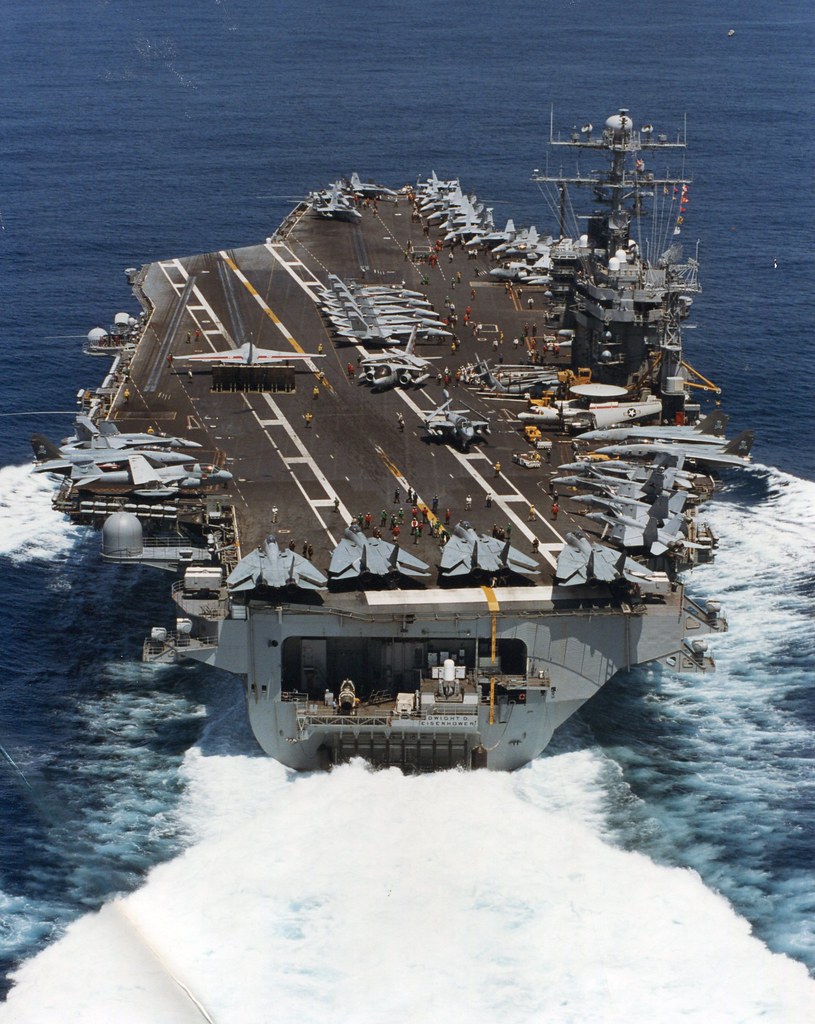
Despite the financial cost, replenishing munitions is essential to ensure US Navy vessels can continue to perform effectively in the region, which intelligence officials warn may see prolonged conflict.
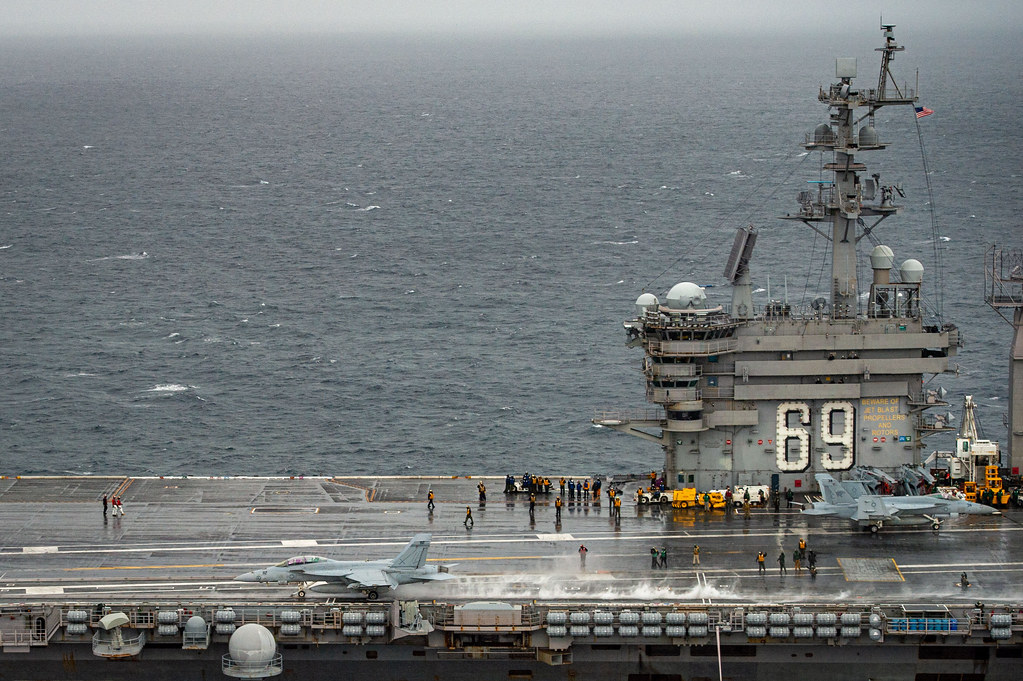
US intelligence chief warned lawmakers that the Houthis are “going to remain active for some time,” partly because they are domestically producing a lot of weaponry while also continuing to receive support from Iran.

“Neither of those things are likely to change in the near future,” Director of National Intelligence Avril Haines told the Senate Committee on Armed Services during a hearing on global threats.
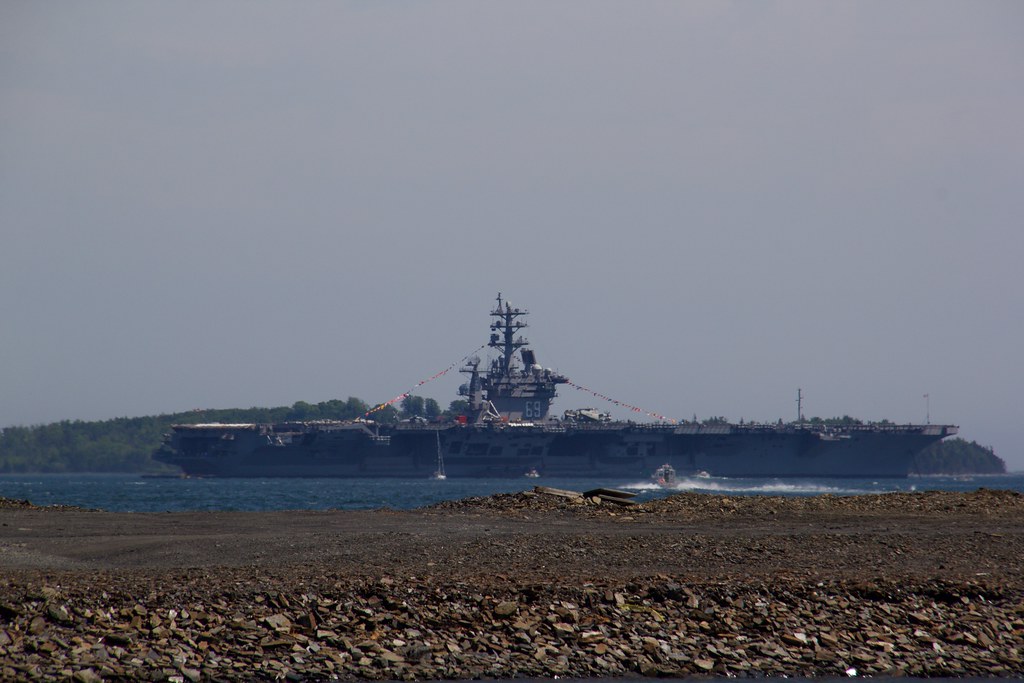
Pentagon Press Secretary Air Force Maj. Gen. Pat Ryder reinforced the stance, stating, “As long as there continues to be a threat to international shipping and to the lives and safety of mariners transiting the Red Sea, we’ll continue to work with international partners to degrade and disrupt Houthi capability.”
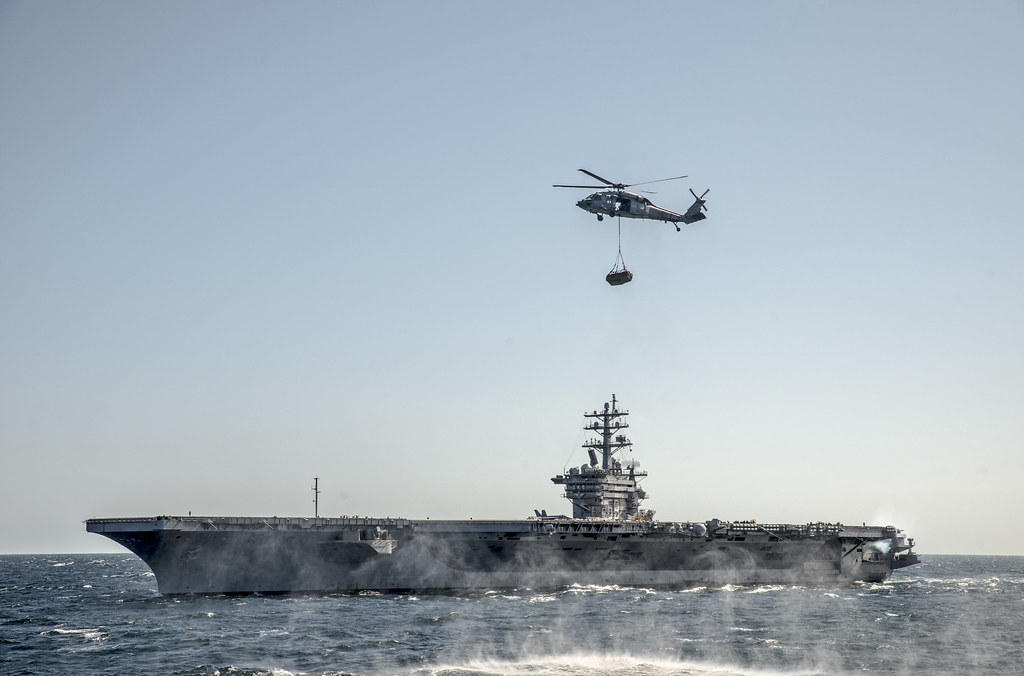
As the USS Dwight D. Eisenhower continues its vigilant watch over the Red Sea, its presence is a testament to the continuous efforts of the United States Navy to uphold international maritime law and protect the critical waterways that serve as lifelines for global trade and security.
Relevant articles:
– The U.S. Navy’s ‘Ike’ Aircraft Carrier Is Back in the Red Sea, The National Interest
– Carrier USS Dwight D. Eisenhower Back in Red Sea, Passes 200, USNI News
– A US Navy aircraft carrier is rearmed and back in the Red Sea amid a Houthi missile crisis with no end in sight, Business Insider
– Carrier USS Dwight D. Eisenhower Now in the Mediterranean Sea, USNI News

